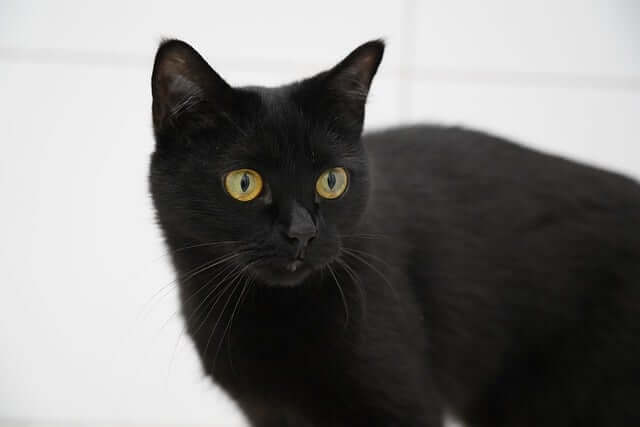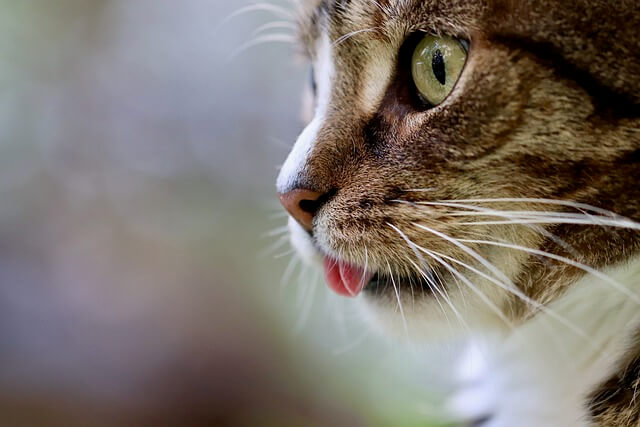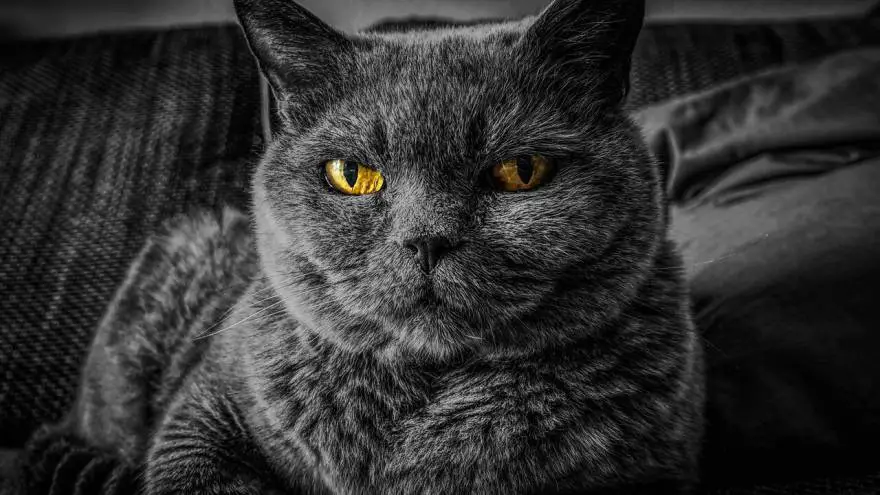Cat Uveitis - Symptoms, Causes & Treatment
10.04.2023.
Uveitis is inside inflammation of the eye which usually happens when the immune system is attacked by some infection. Uveitis in cats is divided into two groups: anterior uveitis and lens-induced uveitis.
What is uveitis?
Anterior uveitis is inflammation of the iris and ciliary body. Acute anterior uveitis is typically painful. Control of the uveitis is difficult and retinal degeneration and secondary glaucoma are common sequelae.
The pathogenesis of chronic and recurrent uveitis is still poorly understood, but immunologic reactions are involved. Alternations of the vascular structure or permeability of uveal blood vessels may persist after the acute stages of uncontrolled inflammation. A subsequent tendency for circulating immune complexes to be deposited in vessels with increased permeability has been reported.
Furthermore, the property of the vitreous body in acting as a reservoir for antigens and persisting sensitized lymphocytes may be important. The lens-induced uveitis intensity is reversible in rapidly progressing, and it is often a chronic condition with episcleral injection and moderate discomfort. A granulomatous variant is seen commonly in association with diabetic cataracts.
Causes of cat uveitis
The pathogenesis of cat uveitis is still completely unknown but is based on immunology and infectious causes. The most common causes are:
- Infectious diseases such as FIV and FeLV
- Metabolic diseases such as diabetes
- Toxins such as chemicals
- Immune-mediated or autoimmune diseases
- High blood pressure
- Lens damage
- Foreign bodies in the eye
- Trauma of the eye
- Eye tumors

Clinical signs
Clinical signs may include episcleral congestion, corneal edema, vascularization, iris color changes, lens changes, and deposition of keratic precipitates.
Iris color changes consist of darkening with a loss of normal surface detail. A Redding of the iris may develop in animals with light-colored iris due to vascular engorgement or neovascularization.
The inflammation may result in adhesions between the iris and the anterior capsule of the lens, which limit pupillary movement and often distort the pupillary shape. As a result of iridocorneal angle collapse, secondary glaucoma can appear.
The lens changes include pigment deposits on the anterior capsule. Secondary, lens luxation may occur particularly in cats with FIV.
The condition may be uni or bilateral. Bilateral involvement is commonly seen in patients with systematic infectious or autoimmune diseases, whereas unilateral chronic uveitis may initially be caused by severe trauma to the eye or lens disease. Clinical signs include pain, discomfort, ciliary flush, miosis, aqueous flare, fibrin precipitates, and spongy swollen iris. Clinical signs vary depending on the inflammation's intensity, distribution, and duration. Vitreous infiltrates, chorioretinitis, and exudative retinal detachment may accompany posterior uveitis. Additional clinical signs may include:
- Neovascularization of the iris with or without engorgement of the iris vessels, which is very often in cats (and more prominent compared to dogs)
- Changes in iris pigmentation with pupillary marginal cysts
- Secondary iris atrophy
- Partial visual impairment or blindness
- Iridal lymphocytic nodules appearing as circular reddish brown to gray lesions
- Various sequelae, including corneal changes, intraocular adhesions, secondary cataracts, secondary retinal diseases, or glaucoma

Diagnosis
Every diagnosis starts with a complete physical examination since uveitis is a symptom of many generalized diseases. Diagnostic evaluations include blood tests and specialized blood tests such as a biochemistry panel, FIV/FeeLV test or toxoplasmosis test, urinalysis, tissue sample analysis, or ultrasound.
Specialistic diagnostic procedures include a complete ophthalmic exam and intraocular pressure measurement, which is reduced in uveitis and elevated in glaucoma.
Treatment
The type of treatment and therapy depends on the main cause of uveitis and its clinical signs. Specific, generalized therapy may include medications for high blood pressure and treatment against parasites or toxins; for noncurable causes, include medications for reducing symptoms. Topical eye medication may include atropine, prednisolone acetate, or topical NSAIDs.
If uveitis results from tumors and trauma, then treatment is directed at repairing traumatic injury. Treating uveitis mainly aims to reduce inflammation and provide pain relief. To assess response to treatment, frequent regular checkups are indicated. When properly treated prognosis of uveitis is very well. Complications are more common in recurrent cases.
Conclusion
Uveitis is inflammation of the uveal tract in the eye. Cat uveitis can be acute or recurrent. Causes of uveitis are divided into two categories: ocular, which includes trauma, cataracts, or tumor of the eye, and systematic, which includes high blood pressure, infectious diseases such as FIV/FeLV, and immune-mediated causes such as toxins and drug reactions.
Aion, a special ophthalmic examination with IOP measurement is re except complete physical examinationquired. Treatment includes generalized therapy or topical eye therapy such as antibiotics, corticosteroids, and NSAIDs.
Sometimes uveitis can cause blindness, but with the right medication and treatment, the underlying cause and prognosis are usually very good. Regular checkups are necessary.
World Cat Finder Team







Share